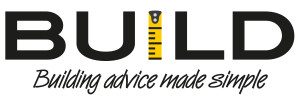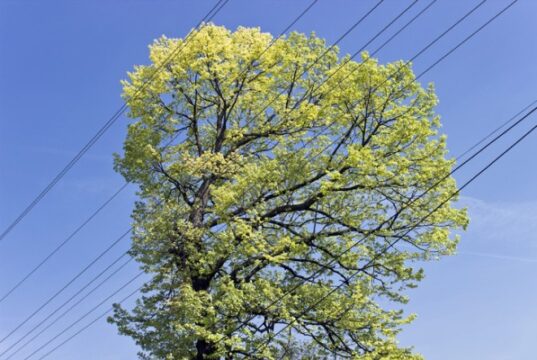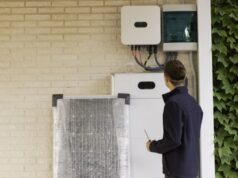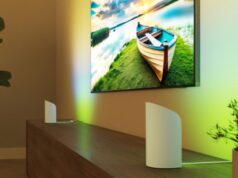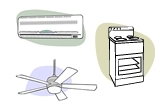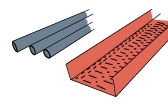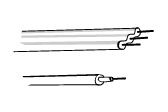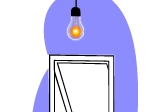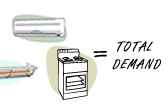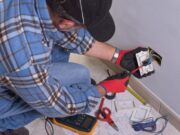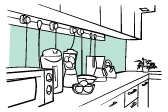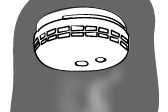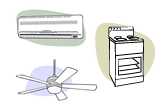Wiring for larger appliances
While smaller appliances can be casually plugged in where they fit and moved around, larger 'roughed in' appliances like ovens will often need to...
Conduits and cable trays
Running electrical cables everywhere can become very messy and create maintenance nightmares. Conduits, cable trays and other cable management systems make a big difference.
Conduits...
Cable types
Find out about the different sorts of cable that are used to install electrics throughout your home, and why they're used.
Is cabling important?
In short,...
Energy efficient electrics
Small considerations can make a very big difference when it comes to how energy efficient your electrical systems are. Find out what you can...
Supply current limitations
In older houses, switchboxes, fuses and cabling were often designed to handle less current than many of us use today. Find out how to...
Where to position electrical outlets
When designing or renovating a home, electrical outlets are one of those small details that make a big difference. Get the placement right, and your home will be more functional, efficient and easier to live in. Get it wrong, and you’ll be dealing with extension cords, cluttered benchtops or a constant shortage of places to plug in.
Performance considerations for home electrics
What sort of things are likely to affect the performance of your home's electrical systems?
What will voltage variations do to your appliances and wiring...
Energy management dashboards
Energy management dashboards or systems can be used in conjunction with smart meters to help monitor and regulate how electricity is used in your...
Smoke alarms
Required by law in Australia, smoke alarms are designed to detect when there's smoke in your house to help prevent fires. Find out how...
Other fittings and appliances
There are various other electrical safety devices that are required by law in Australia, or others again which can be added to your home...
